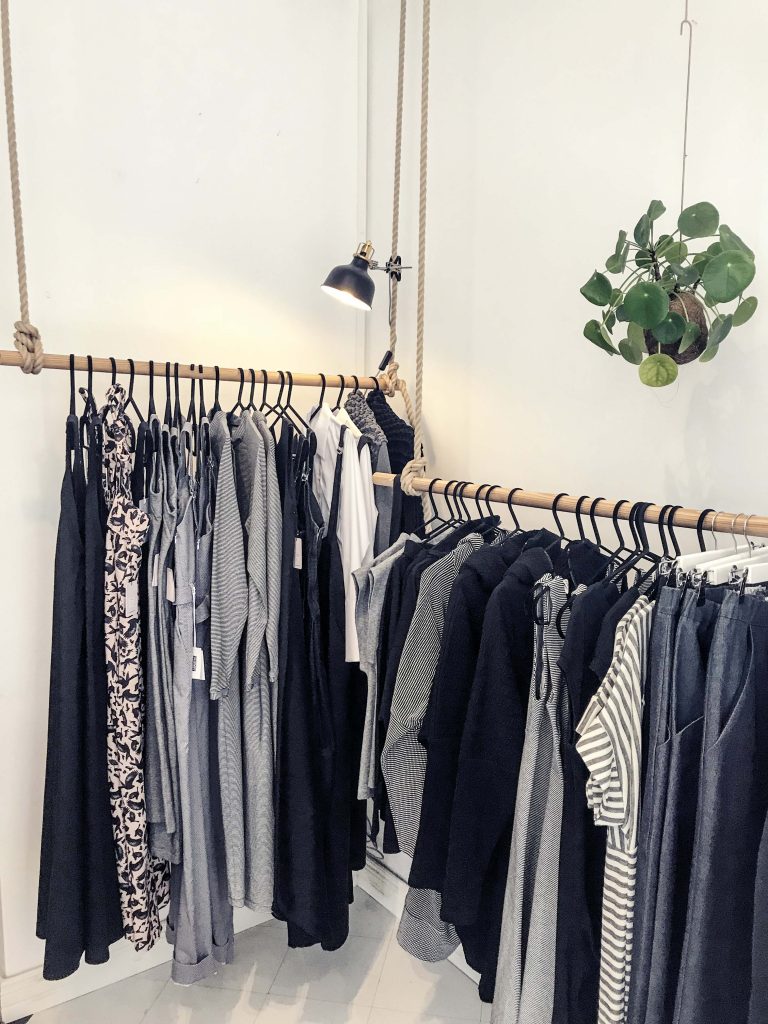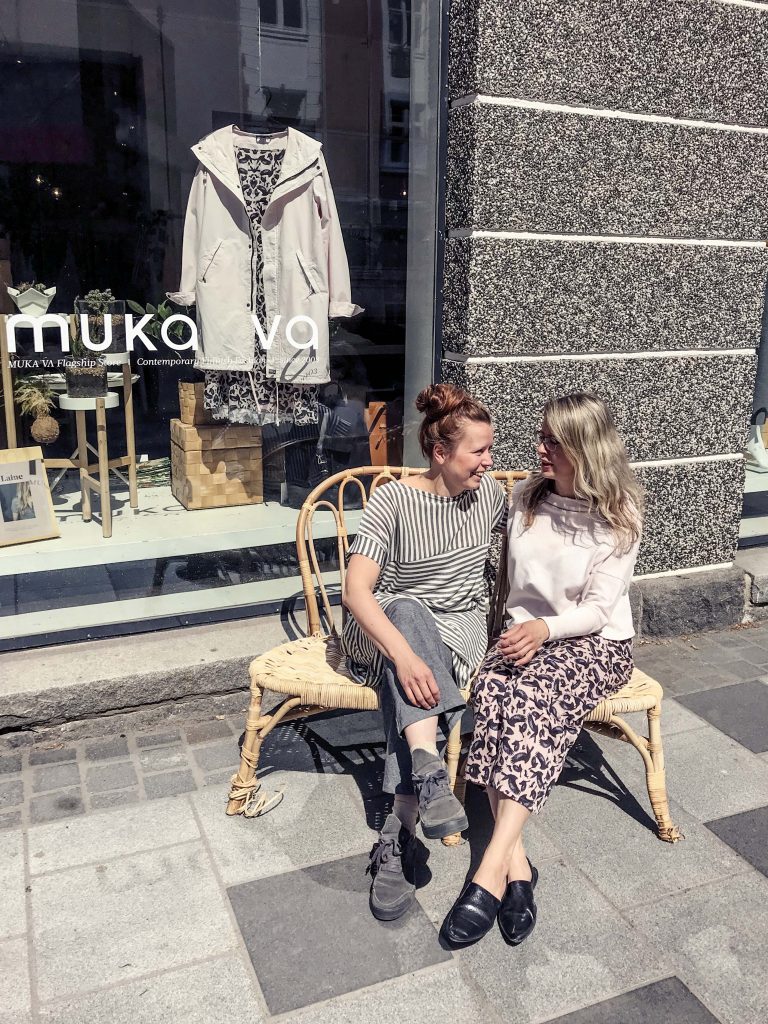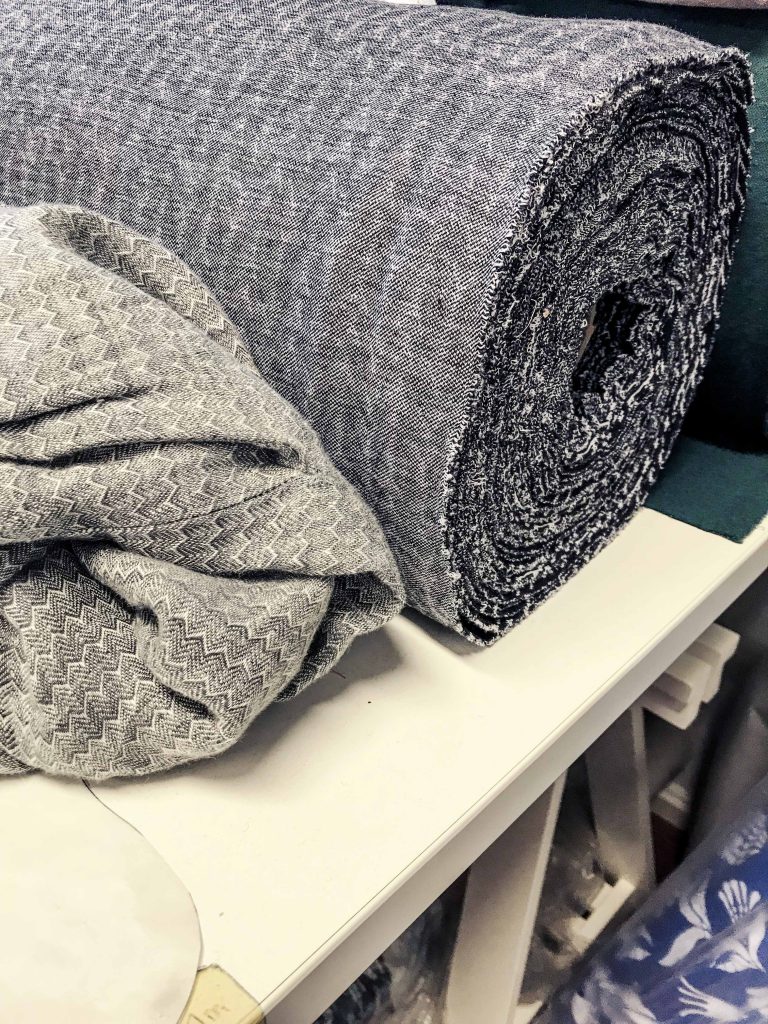What It's Like Making Locally
Researching for a pop up shop in Finland with the intention of selling mostly locally made clothing, we faced a bigger struggle than we thought we would. While ‘Made in Finland’ is not that rare in other industries, fashion production has largely migrated to other countries. Finnish people, like I’m sure many others, love supporting local craftsmanship and buying home-grown is highly valued. Unsurprising then that there are efforts from young designers to bring Finnish made garments back. Read on about the experiences of these designers first hand and the struggles they have faced along the journey.
The first question that comes to mind for a brand starting out is why they would go through the extra trouble of setting up a supply chain in a place with higher costs and less options. For some it is a matter of luck and convenient timing and others find manufacturer’s through contacts and friends in the industry. For Nouki, who started their brand in 2015 and produce the majority of their fabrics in Finland, it was about creating a workplace for themselves that aligns with their values and inspires them. “We also wanted to challenge ourselves professionally and this job has truly provided that” says Anna Reilin, designer and co-founder of Nouki. All of Nouki’s garments are made in Finland with most of their fabrics being knitted and woven in their local area as well. This level of locality is hard to come by, even within brands that identify themselves as sustainable.
MUKA VA, another brand from Tampere, Finland, started out in 2003 with making sustainable, clean and quality fashion not boring. Their Spring Summer 2018 collection was entirely made in Finland; all fabrics were knitted by Finnish mills and everything else from design to product was done in the local area. What is radical about MUKA VA is that they reveal the names of the mills and ateliers that produce their collections, which is rare to say the least. With new brands emerging imitating this type of transparency of the supply chain, there seems to be a growing demand for locally made products. Labels like Honest By brand themselves are transparent, authentic and traceable. This creates a connection and a relationship of trust with customers that bigger brands can only dream of.
it was about creating a workplace that aligns with their values and inspires them
What is interesting about emerging sustainable brands is their reluctance to advertise their sustainability efforts loud and proud. It can take a bit of looking to find what makes the brand truly sustainable, especially with so much greenwashing. For many, this is a conscious marketing decision. Consumer attitudes are shifting now, but for most sustainability still comes after price and design in making a decision to purchase something. “NOUKI’s products discreetly declare a message of responsibility” says Anna. Leading with good design has proved to be a good tactic for many brands starting up. After all, you are first and foremost designing the future you want to see with sustainability in mind.
What is the most important to a lot of sustainable brands is understanding the specific needs of their customers and catering to them specifically. This is relevant in order to avoid waste, mindless consumerism and produce only what is necessary and needed. Anna from NOUKI explains they are aiming to do even better on that front: “our goal is to develop our concept so that we can meet our customers’ needs even better and more efficiently”. Design elements are added to respond to customers’ requests and new styles are introduced where customers feel like other brands are lacking. Sustainable brands are becoming more and more aware of their competitive advantage and using that knowledge for creating better products.
there seems to be a growing demand for locally made products








